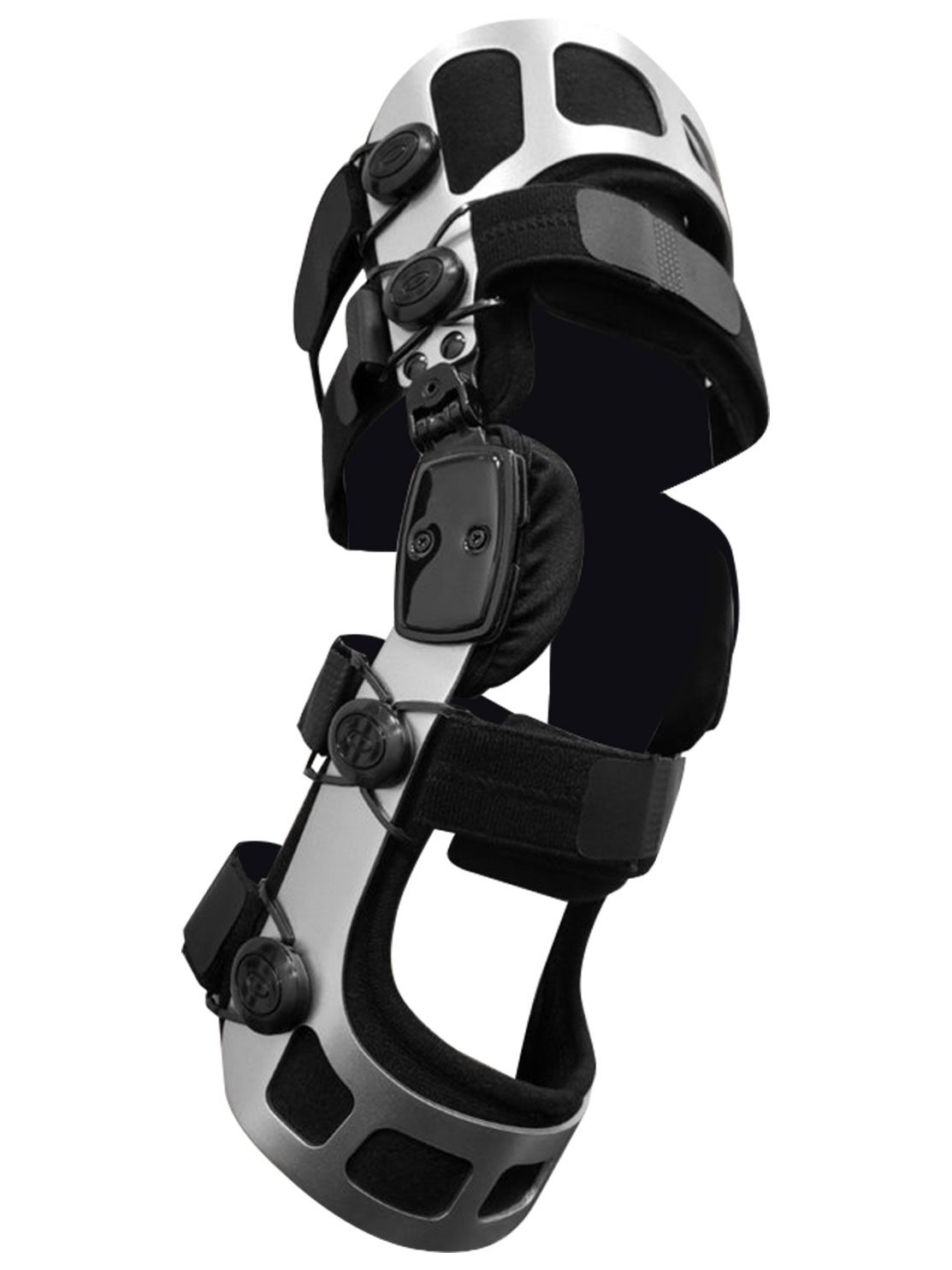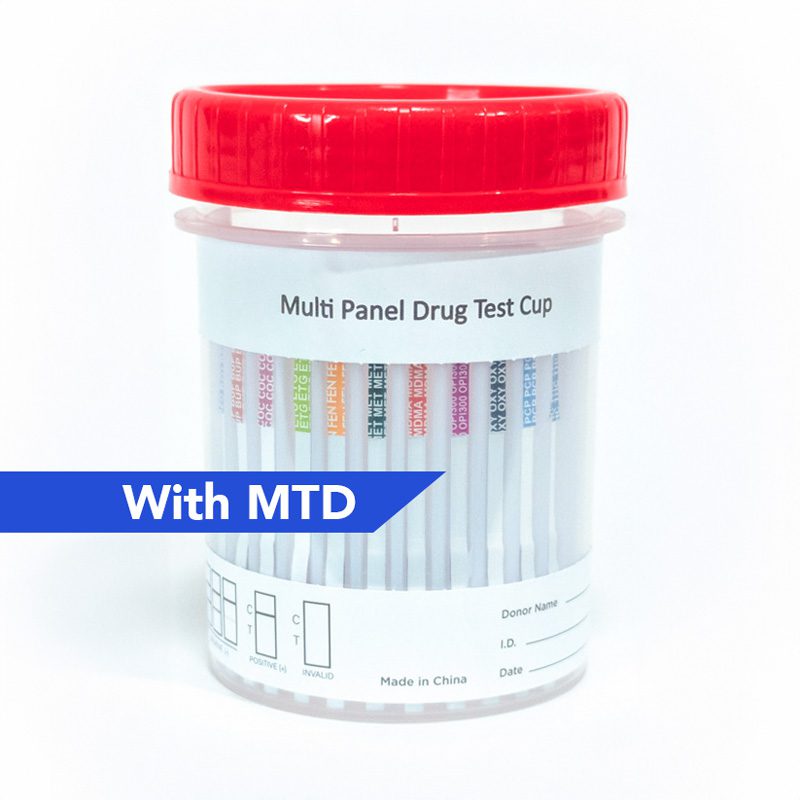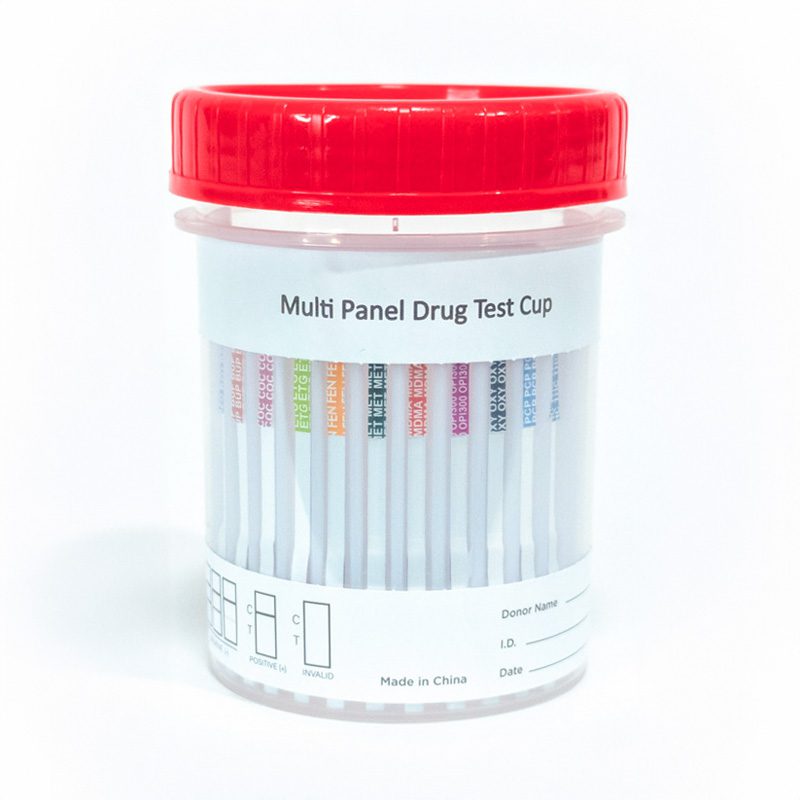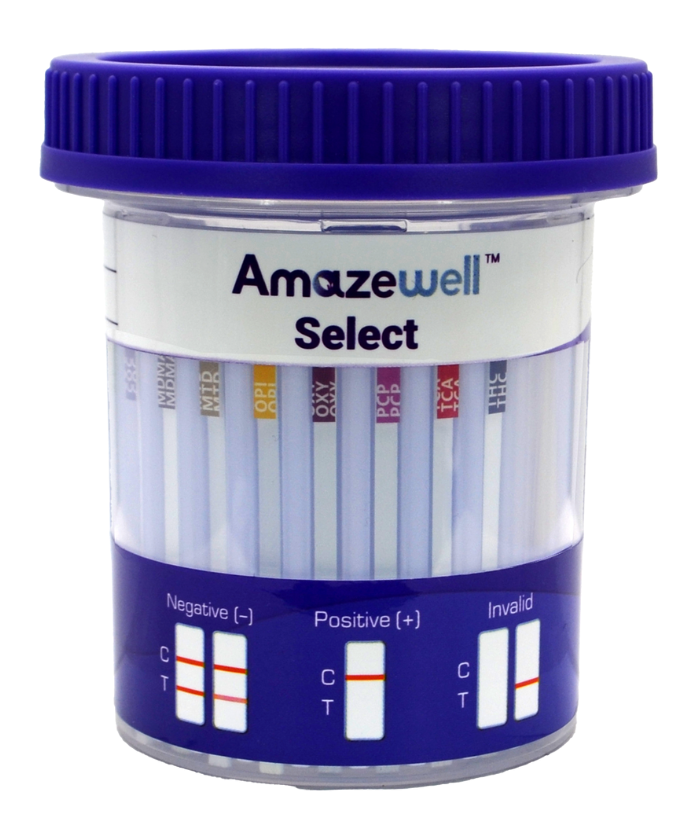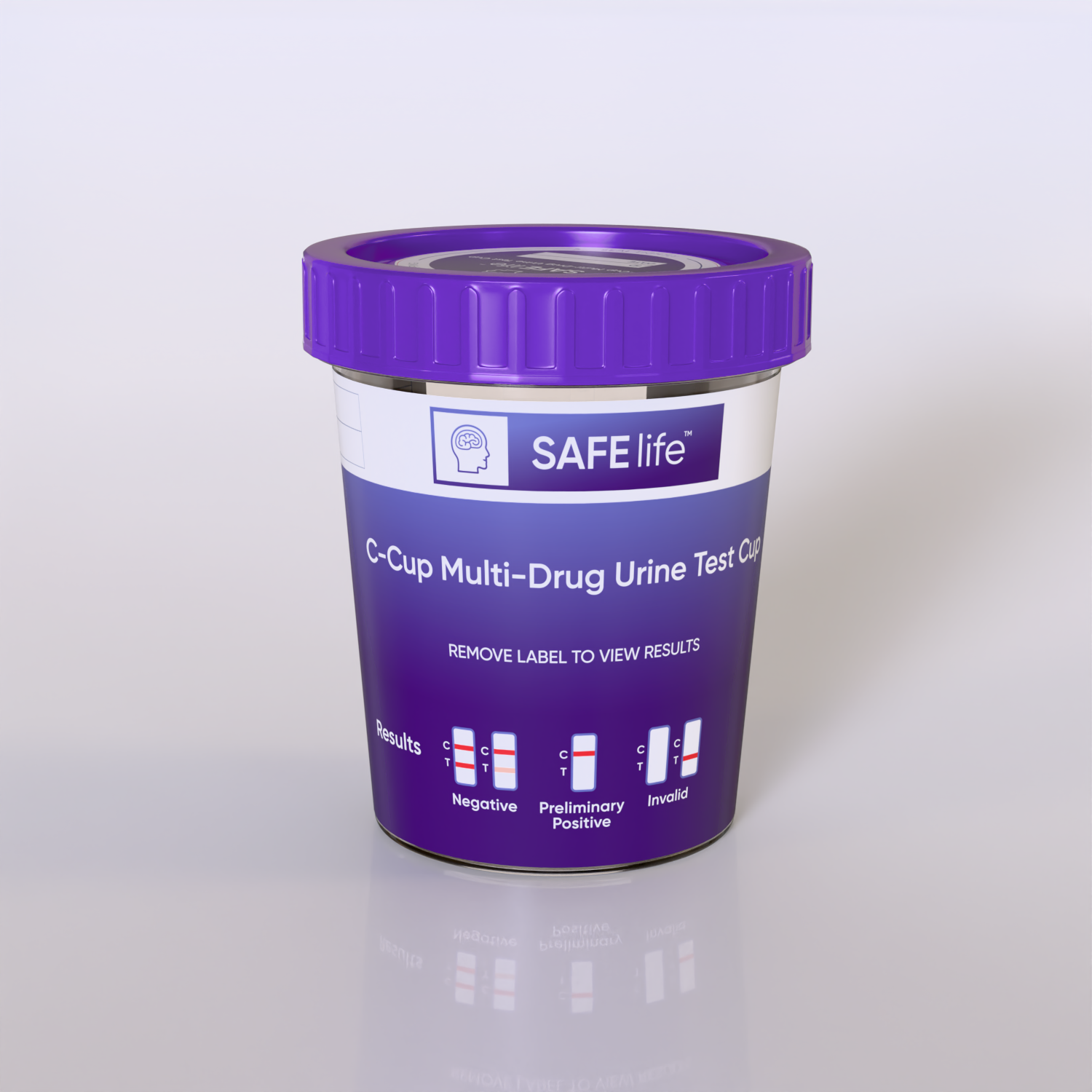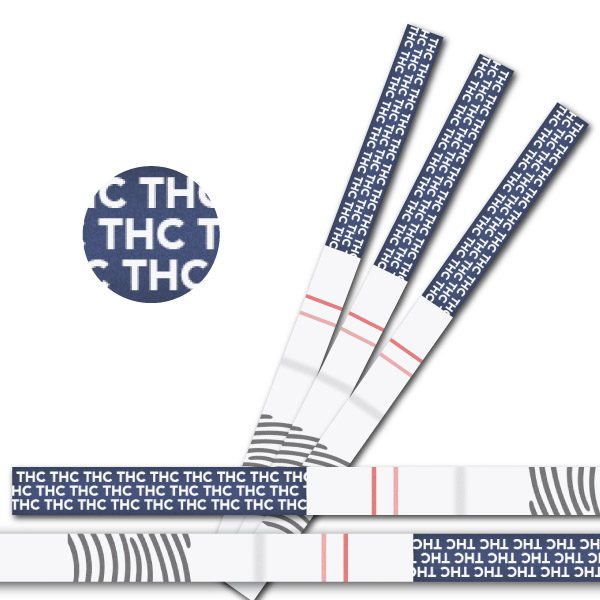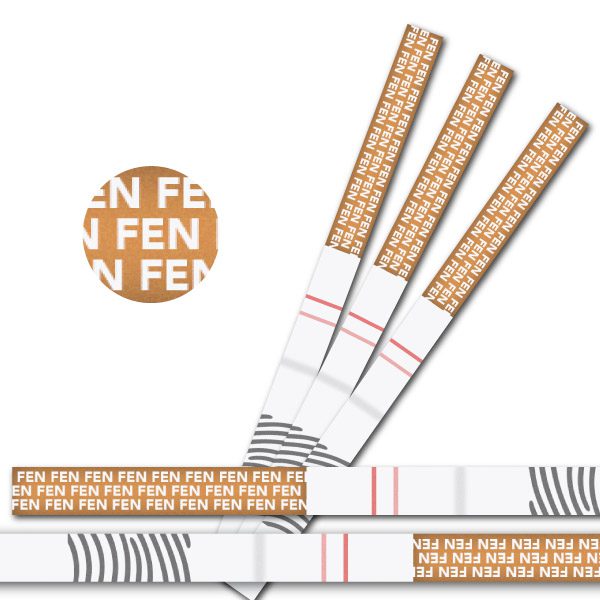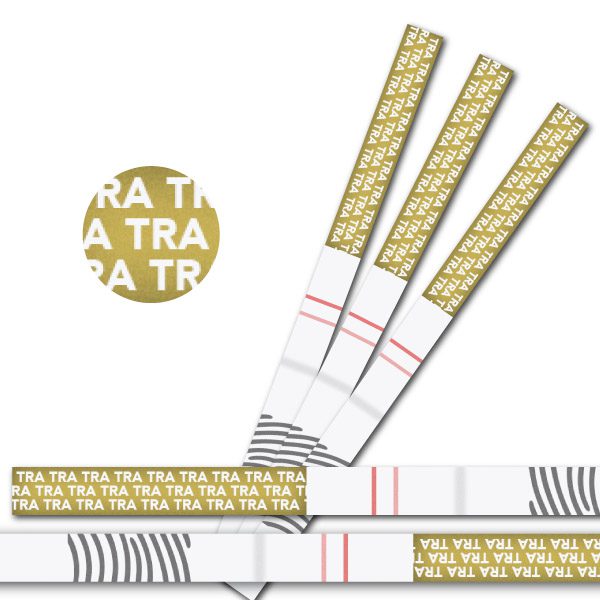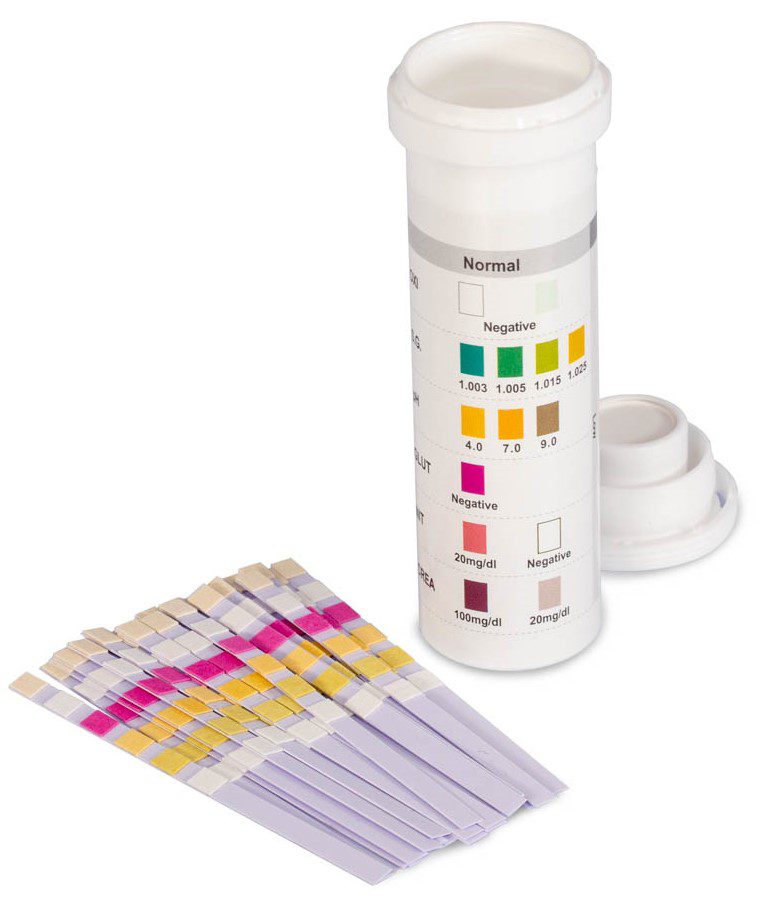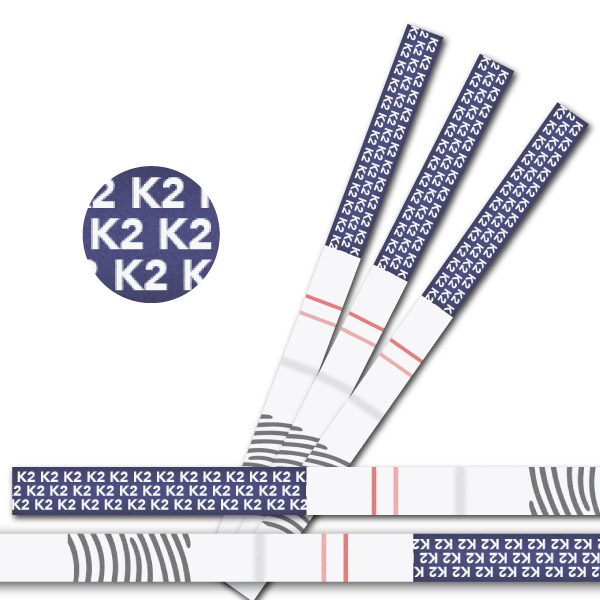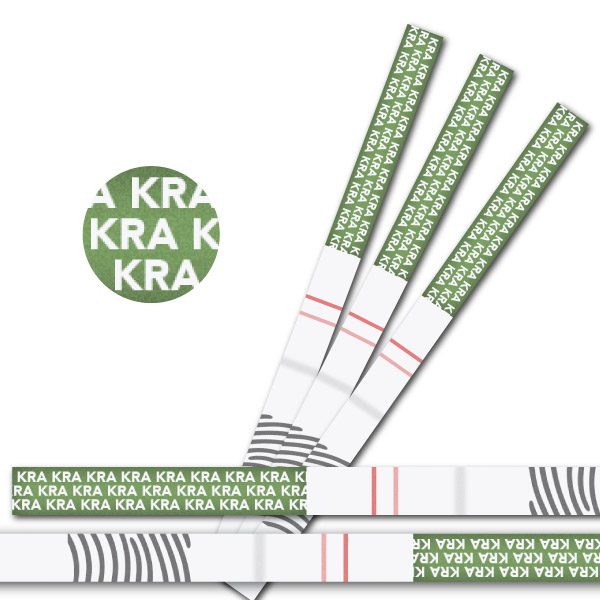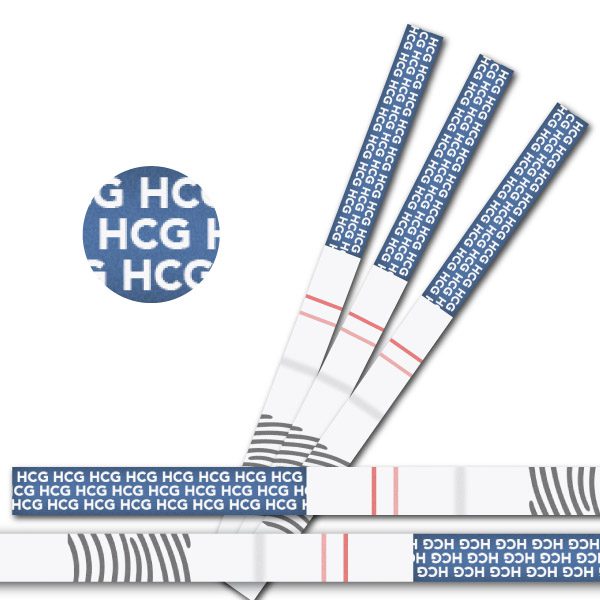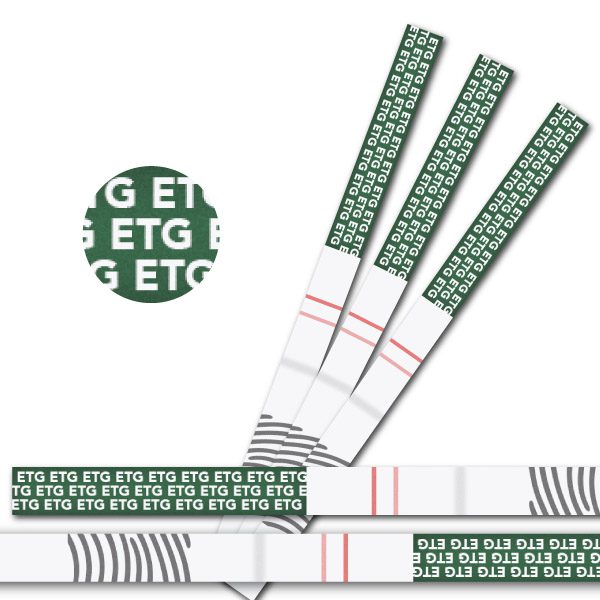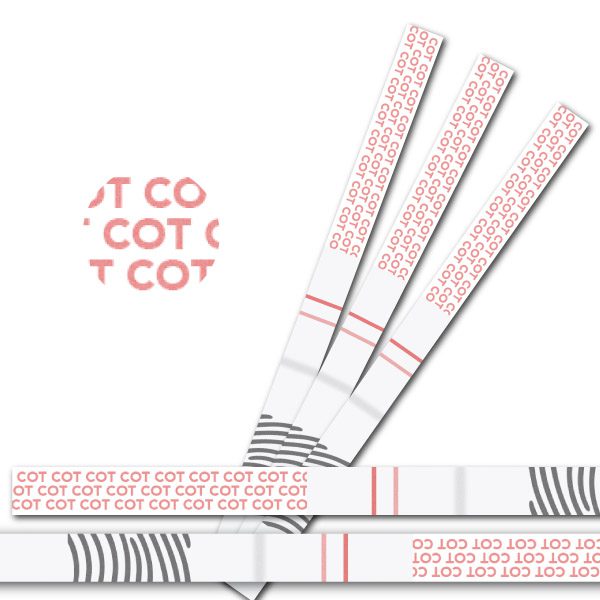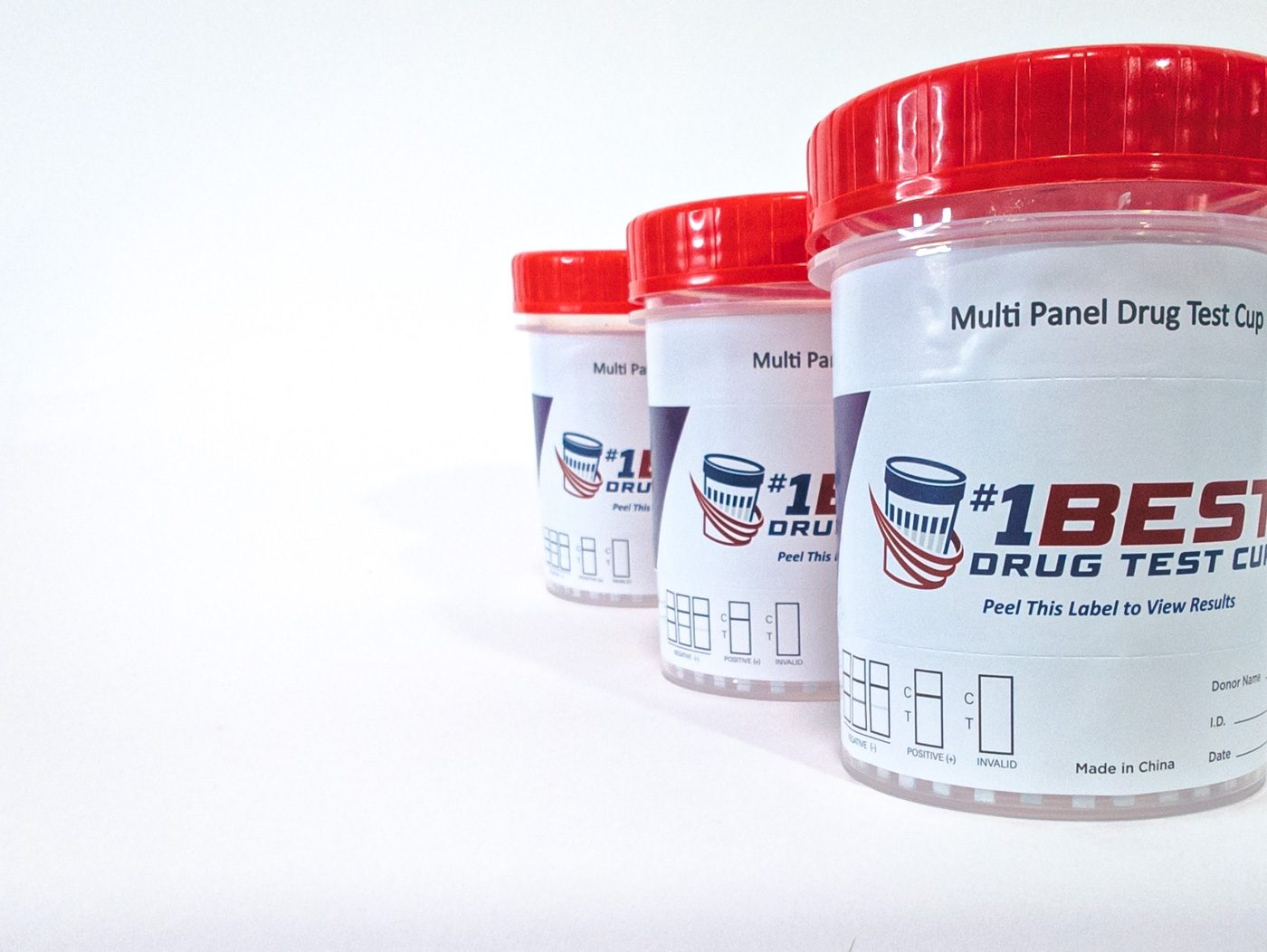
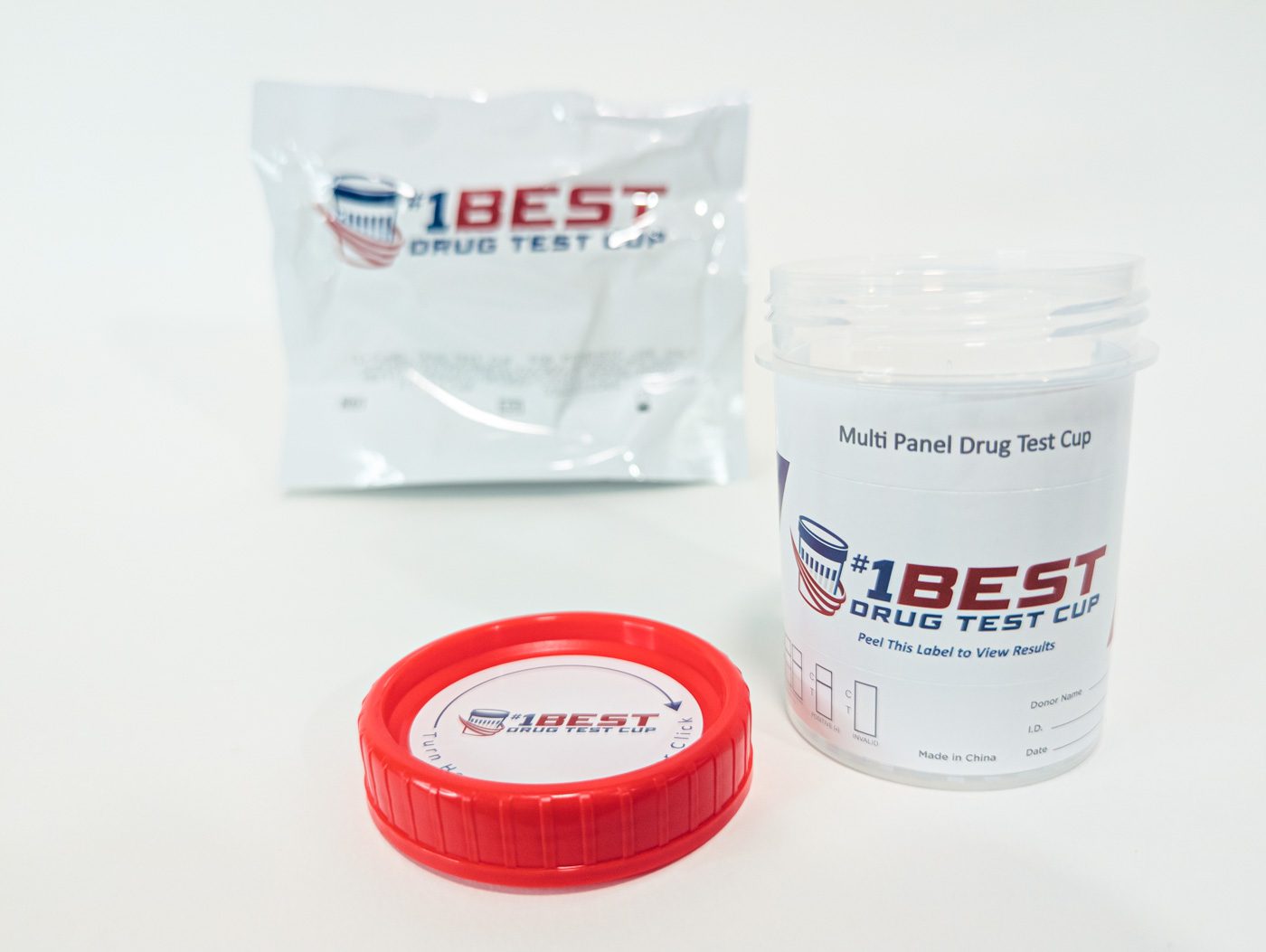
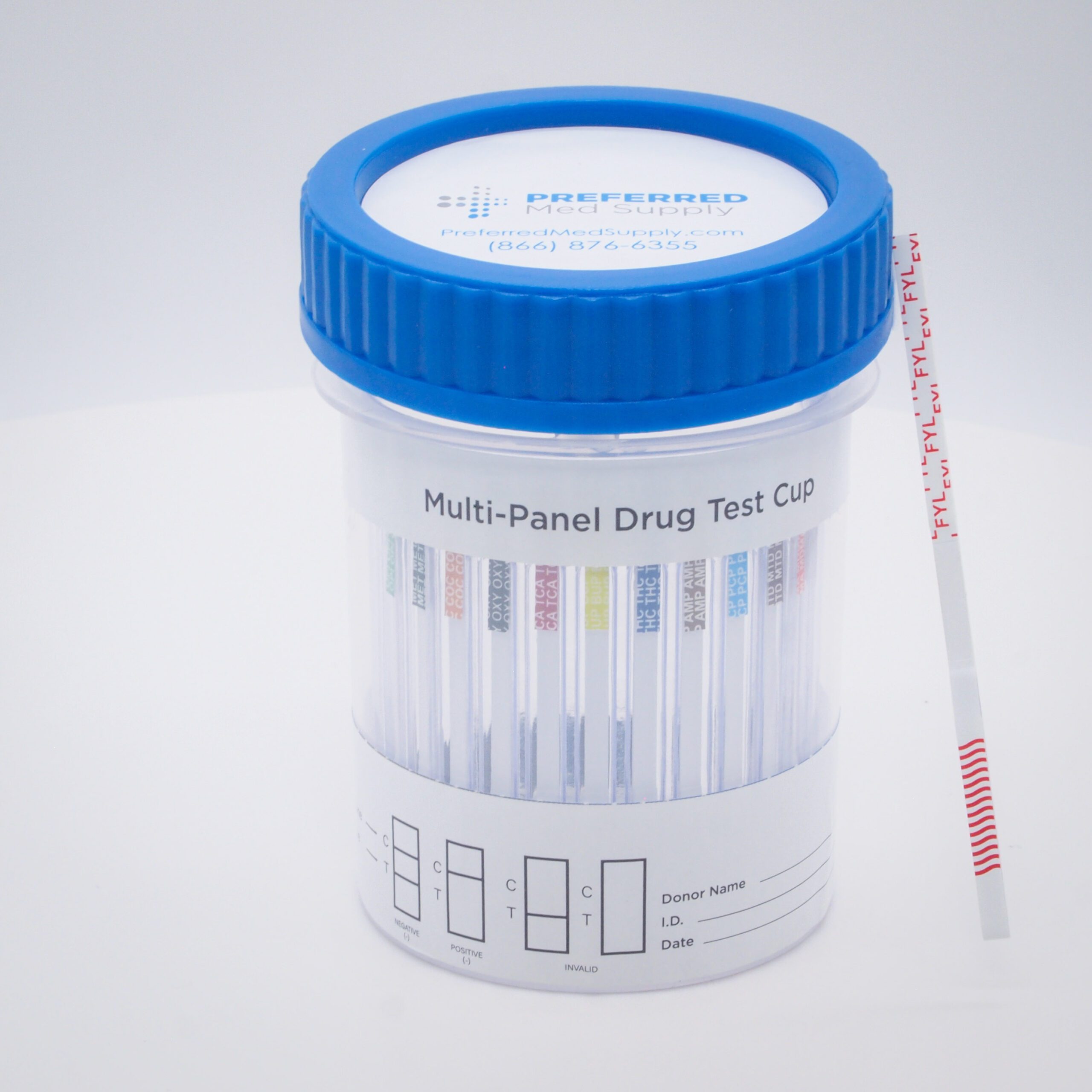
Warranty & Returns
A Reliable Returns & Warranty Process
Rapid Shipping
Shipped Same or Next Business Day
Prompt Responses
Our Team is Dedicated to Your Service
#1 Best Drug Cup Brand
$18.25 – $365.00Price range: $18.25 through $365.00
$19.50 – $390.00Price range: $19.50 through $390.00
$32.50 – $595.00Price range: $32.50 through $595.00
$40.00 – $130.00Price range: $40.00 through $130.00
$27.50 – $495.00Price range: $27.50 through $495.00
$26.25 – $495.00Price range: $26.25 through $495.00
$105.00 – $395.00Price range: $105.00 through $395.00
$31.25 – $600.00Price range: $31.25 through $600.00
$28.75 – $500.00Price range: $28.75 through $500.00
Individual Test Strips
$16.25 – $65.00Price range: $16.25 through $65.00
$19.75 – $79.00Price range: $19.75 through $79.00
$23.95 – $90.00Price range: $23.95 through $90.00
$19.75 – $75.00Price range: $19.75 through $75.00
$25.00 – $95.00Price range: $25.00 through $95.00
$33.75 – $125.00Price range: $33.75 through $125.00
$10.00 – $1,604.67Price range: $10.00 through $1,604.67
$19.75 – $79.00Price range: $19.75 through $79.00
Explore Our Products
Orthopedics, Test Supplies and Supplies


